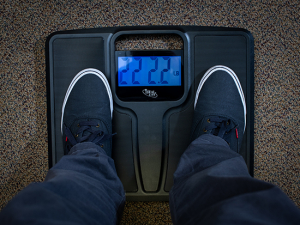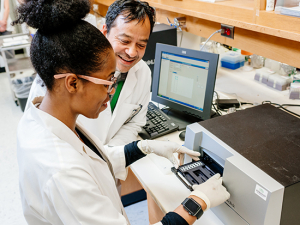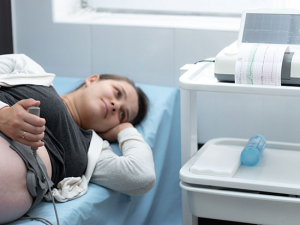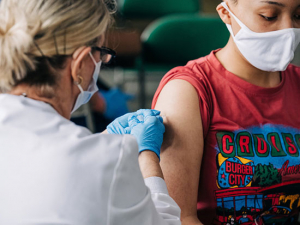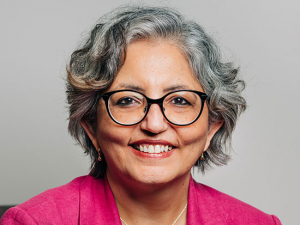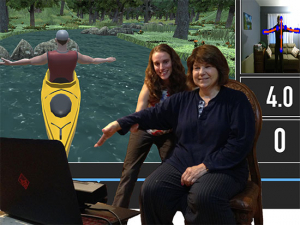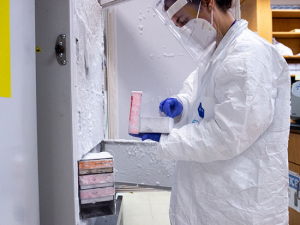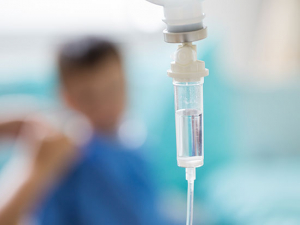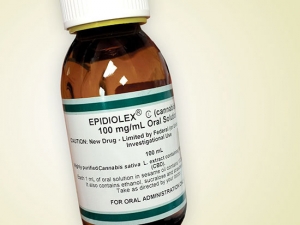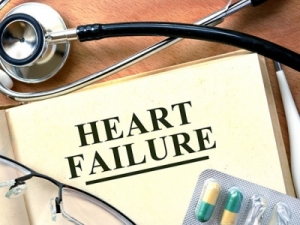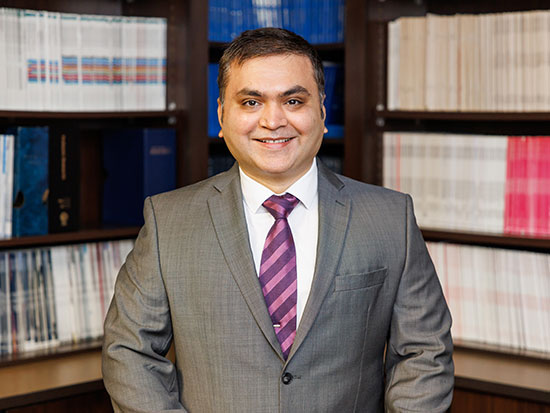 Neonatologist Vivek Shukla, M.D., is working with colleagues in UAB's Heersink School of Medicine and School of Engineering to develop a machine-learning and computer vision-based tool that can help better identify fetal health status based on fetal heart rates. He is also working toward a Ph.D. focused on machine learning in the School of Engineering.The gap between normal and abnormal can be difficult to distinguish.
Neonatologist Vivek Shukla, M.D., is working with colleagues in UAB's Heersink School of Medicine and School of Engineering to develop a machine-learning and computer vision-based tool that can help better identify fetal health status based on fetal heart rates. He is also working toward a Ph.D. focused on machine learning in the School of Engineering.The gap between normal and abnormal can be difficult to distinguish.
That is the case when it comes to measuring fetal heart rate during the late stages of pregnancy to identify fetuses that may have poor outcomes. “A lot of them fall in a gray zone, where it is not clear what to do,” said Vivek Shukla, M.D., a neonatologist in the Department of Pediatrics at the UAB Heersink School of Medicine. Babies with abnormal heart rates before birth may have a condition known as perinatal depression, which in some cases can lead to negative consequences.
Shukla is working with Department of Pediatrics Professors Wally A. Carlo, M.D., and Namasivayam Ambalavanan, M.D.; Associate Professor Akila Subramaniam, M.D., in the Department of Obstetrics and Gynecology; and Associate Professor Arie Nakhmani, Ph.D., in the School of Engineering’s Department of Electrical and Computer Engineering, to develop a machine-learning and computer vision-based tool that can help better identify fetal health status based on fetal heart rates.
When mothers arrive at the hospital for delivery (or earlier in the case of high-risk pregnancies), they are usually fitted with an electronic fetal monitoring device. This is often a sensor strapped around the abdomen that simultaneously records and prints uterine contractions and fetal heart rate. This process is known as cardiotocography — “cardio” refers to the fetal heart rate, and “toco” is the mother’s contractions.
“Once doctors see that a fetus has a potentially abnormal heart rate, they can act to remediate the underlying condition or expedite delivery,” Subramaniam said. “This is why fetal heart rate monitoring has soared in the past 40 years. In 1980, fetal heart rate monitoring was used in 45 percent of laboring women, and currently, it is near universal and is considered the standard of care. However, the main issue is that, while this is the current standard of practice, in its current form it has many flaws and very poor predictive value, and it really hasn’t shown to improve the outcomes for the baby.”
Experience-driven, not data-driven
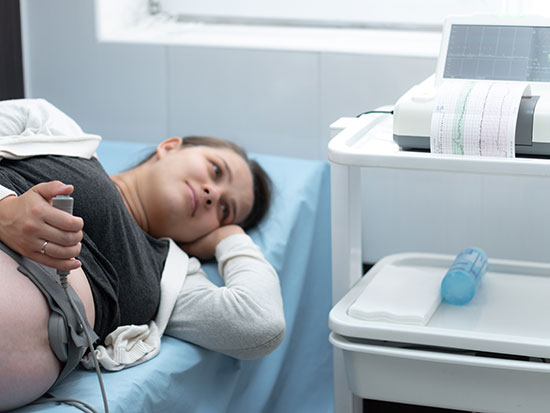 Fetal heart rate monitoring is nearly universal, but doctors can interpret the same results differently. "It has been an expert-driven process instead of a data-driven process," Shukla said.The rapid rise in fetal heart rate monitoring popularity has not come without issues. The rate of cesarean deliveries and vaginal surgeries has risen in parallel with the use of fetal heart rate monitoring. There is concern over false-positive readings and the frequency with which two doctors might interpret the same results differently.
Fetal heart rate monitoring is nearly universal, but doctors can interpret the same results differently. "It has been an expert-driven process instead of a data-driven process," Shukla said.The rapid rise in fetal heart rate monitoring popularity has not come without issues. The rate of cesarean deliveries and vaginal surgeries has risen in parallel with the use of fetal heart rate monitoring. There is concern over false-positive readings and the frequency with which two doctors might interpret the same results differently.
In 2008, the American College of Obstetricians and Gynecologists gathered experts to study the issue and create definitions of ranges for very normal and very abnormal heart rates. They published their findings in 2009. But the gray areas between those ranges mean “the problem has not gotten better,” Subramaniam said. “I believe this is because it has been an expert-driven process instead of a data-driven process,” Shukla said.
Shukla believes in the power of data to improve care — so much so that in 2022 he started to work on his Ph.D. from the Department of Electrical and Computer Engineering at the UAB School of Engineering, focusing on machine learning. His work to improve the monitoring and diagnosis of fetal heart rate has earned him a three-year Career Development Award from the American Heart Association.
Potential add-on to cardiotocography devices
UAB’s status as one of the country’s busiest and best hospitals means a great deal of data is available on which to train the model. “We have nearly 4,000 deliveries a year, and we are going back 10 years,” Carlo said. “We expect to have data for close to 25,000 deliveries.”
After the researchers build their model through retrospective data, “we will evaluate it directly,” Shukla said. “The next step would be to implement it as an add-on to cardiotocography devices to see if the AI can help physicians identify signs of distress as soon as possible.”
“Deep understanding on both sides”
Shukla’s interest in machine learning goes back several years. He has been involved in several clinical machine-learning projects, including work with his mentor, Carlo. Those experiences convinced Shukla that he needed state-of-the-art training to reach his goal of improving outcomes for babies and mothers.
“My goal is to achieve deep understanding on both sides and be the person who can bridge the gap and develop tools for improving patient outcomes,” Shukla said.
“Right now, researchers who do machine learning and statistics are not clinicians, and they do not have a comprehensive understanding of the clinical application, and on the other side, we have medical doctors who don’t know how to perform and correctly use machine-learning analyses,” Ambalavanan said. “That is why we have advances in medicine and advances in machine learning, but they are not well-connected.”
Shukla hopes to finish his Ph.D. work by the end of 2024. Nakhmani, his mentor and collaborator in the School of Engineering, is impressed with Shukla’s drive. “He is committed to leveraging his expertise to improve pregnancy and childhood health outcomes,” Nakhmani said. “His work has positioned him as a promising leader in the intersection of medicine and engineering.”

